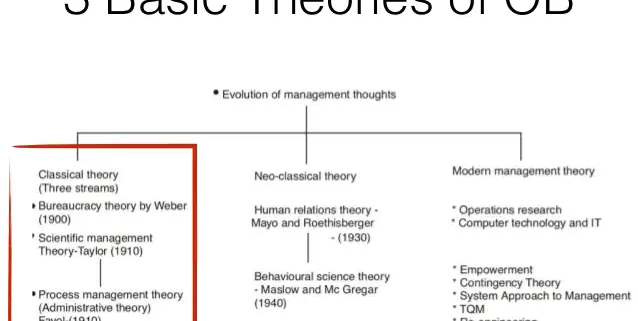Get the 3 best OB Theory/Concepts- organizational behavior today
Get your Assignment in a Minimum of 3 hours
Our academic experts are ready and waiting to assist with any writing project you may have. From simple essay plans, through to full dissertations, you can guarantee we have a service perfectly matched to your needs.
Free InquiryQuestion-Outline the Root Problems and related Symptoms, using at least one OB Theory/Concepts or Model to describe each (more than 1 or 2) organizational behavior
OB Theory/Concepts
In 1967, the Canadian government gave federal public servants collective bargaining rights. Those rights gave public-service unions the right to choose whether to settle contract disputes by arbitration or by strike. organizational behavior
Treasury Board President Tony Clement, who was responsible for federal labour issues, changed those rights in 2013 when he introduced sweeping reforms to the Public Service Labour Relations Act. The new rules for collective bargaining seem to favor the government.
In the federal public service, unions were once able to decide whether they wanted to settle their disputes by arbitration (a process in which an arbitrator imposes a decision on the parties in a dispute) or conciliation (a process in which a settlement is recommended and is backed by the right to strike).
The new rules give the federal government, rather than the federal unions, the power to decide whether individual disputes are solved by arbitration or conciliation. Federal public service unions are concerned that the government can force them into conciliation (and a possible strike), even if their members believe arbitration would resolve a dispute. Ultimately, the new rules for collective bargaining have decreased the power of unions that represent federal public servants and make it more likely that affected union members will agree to concessions if they consider strike action undesirable.
OB Theory/Concepts
The federal government has also placed limits on the factors that arbitrators and conciliation boards can consider when they provide decisions on disputes for federal unions. They are required to focus on two factors: the federal government’s “fiscal circumstances relative to its budgetary policies” and the ability to recruit and retain employees. The labour board had previously concluded that those two preconditions favored the federal government to an excessive degree; despite this conclusion, Clement made the preconditions law a few months later.
In 2014, Clement announced that the federal government would revamp the public service’s sick leave policy.5 Under the new collective bargaining rules, federal public service unions are seriously limited in resolving any disputes over sick leave.
Under the federal government’s existing sick leave policy, federal public servants receive 15 days of paid sick leave per year. Unused days can be carried over to subsequent years (a process known as “banking”) and then be used as needed. In some cases, employees may end up with many weeks “banked.” This can help them get through a prolonged illness or major injuries since it takes 65 days to become eligible for long-term disability payments.
Clement points out that the existing sick leave policy creates significant liabilities on the government balance sheet, since the government needs to account for the potential use of banked sick days. In early 2014, banked sick leave was valued at $5.2 billion.6 At the same time, a report by the Parliamentary Budget Office indicates that it costs the government very little to pay sick leave to federal servants. For example, “the report found that sick leave can range from a low of 0.16 percent of the total [federal] departmental spending to 2.74 percent on the high end of the scale.
Clement also cited absenteeism as an issue related to the existing sick leave policy, since workers with large amounts of banked sick leave time might use sick days for purposes other than those originally intended. A sick leave policy is also associated with an equity issue. Since employees need to wait 65 days to get long-term disability payments, the net effect is that long-term employees (ones who have had time to bank many days) have a much better safety net than junior employees.
Clement believed that replacing the sick leave policy with a short-term disability plan would ensure that everyone’s health needs are met in a consistent and fair manner while mitigating the problems associated with the existing policy. He felt so strongly about it that he began negotiations with insurance providers before finalizing the new policy with the federal public service unions, a step that was very poorly received.
OB Theory/Concepts
As a result, 17 federal public service unions signed a “solidarity pledge,” agreeing that they would not surrender their current sick leave benefits. Many of those unions had three-year contracts that expired in December 2014, setting the stage for conflict and unrest over these (and likely other) issues. Will a bruising battle lie ahead?
Answer in this format- OB Theory/Concepts- organizational behavior
Highlight what the root problems are ——————- List the symptoms caused by the root problem
OB Theory/Concepts
Link the OB Theory/Concepts to the Root problem——————-Link in OB Theory/Concepts to the symptoms identified
"Is this question part of your assignment? We Can Help!"
"Our Prices Start at $11.99. As Our First Client, Use Coupon Code GET15 to claim 15% Discount This Month!!"
Get Started


